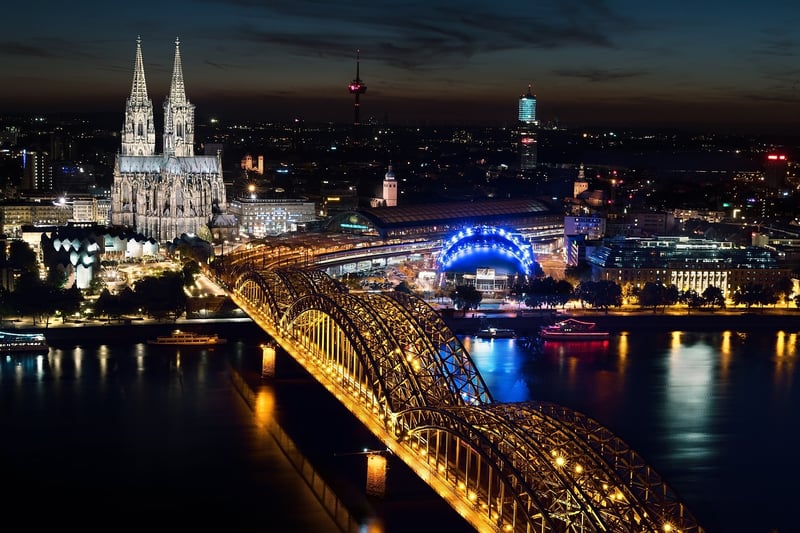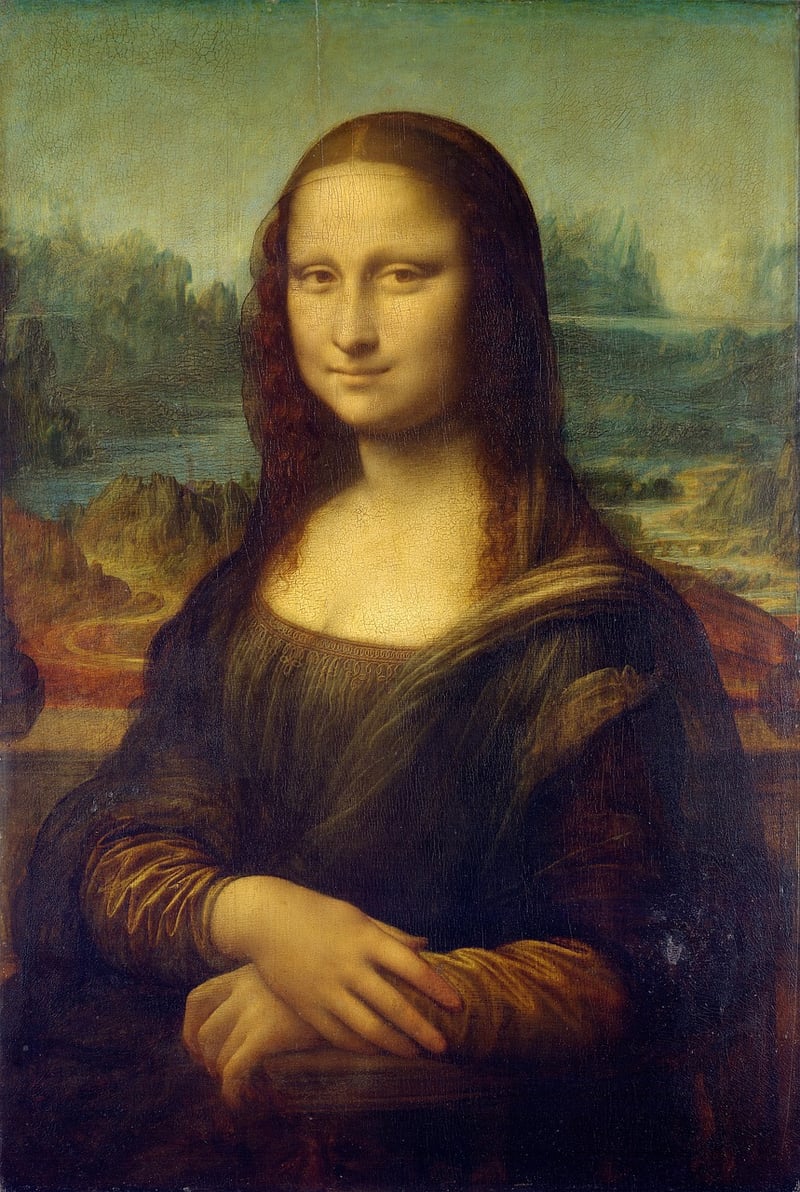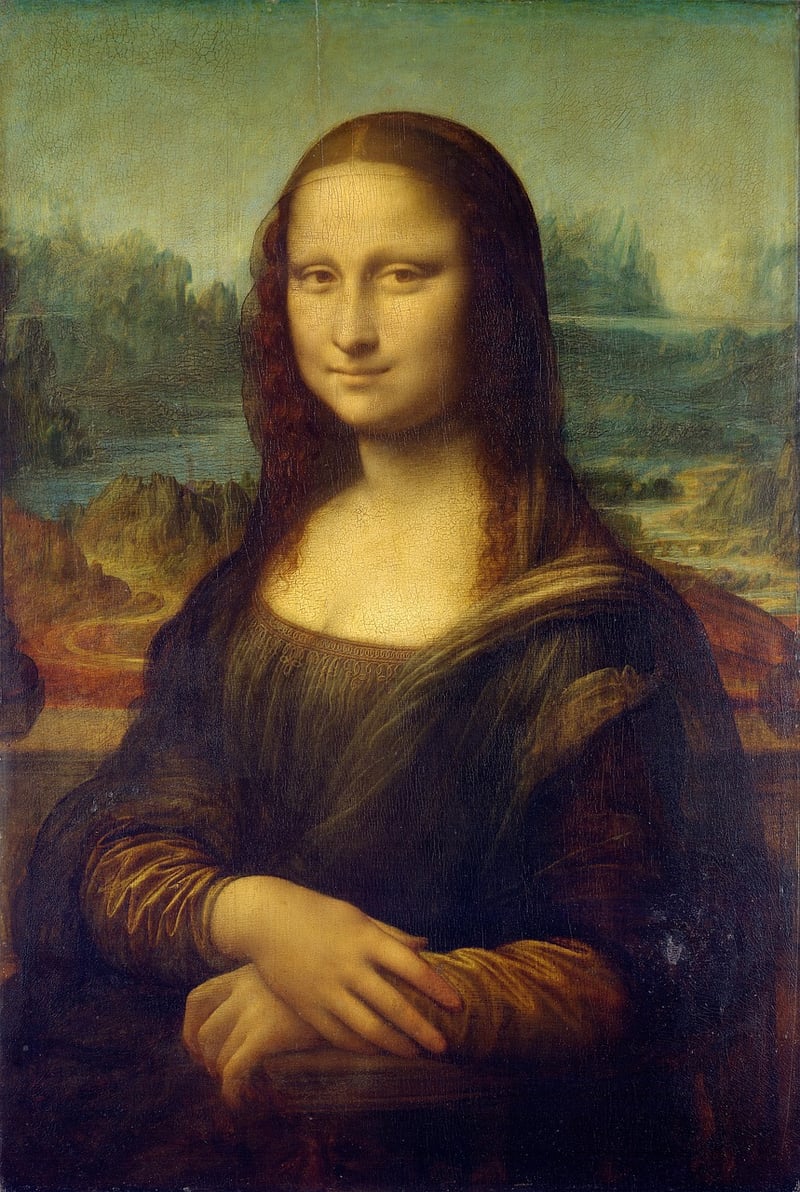Medieval Europe
Exploring Medieval Europe: A Journey through Different Eras
Welcome to a fascinating journey through the diverse eras of Medieval Europe. From the fall of the Roman Empire to the Renaissance, each period has its own unique characteristics and influences that have shaped the history and culture of Europe.
The Dark Ages (476 - 1000 AD)
The Dark Ages mark the period following the fall of the Western Roman Empire. Characterized by instability, invasions, and the decline of urban life, this era laid the foundation for the feudal system and the rise of powerful kingdoms.

The High Middle Ages (1000 - 1300 AD)
During the High Middle Ages, Europe experienced a period of economic growth, artistic flourishing, and the spread of Gothic architecture. The era saw the construction of magnificent cathedrals, the Crusades, and the rise of powerful monarchies.

The Late Middle Ages (1300 - 1500 AD)
The Late Middle Ages were marked by significant events such as the Black Death, the Hundred Years' War, and the beginning of the Renaissance. This era witnessed social upheavals, the emergence of new artistic styles, and the decline of feudalism.

The Renaissance (14th - 17th century)
The Renaissance was a period of cultural rebirth that bridged the Middle Ages and the modern era. It brought about a revival of art, literature, and learning, with prominent figures like Leonardo da Vinci and Michelangelo leading the way.

Exploring Medieval Europe Today
Today, Medieval Europe continues to captivate us with its rich history, architectural marvels, and artistic achievements. By exploring the different eras of this period, we gain a deeper understanding of the forces that have shaped the Europe we know today.
Embark on your own journey through time and immerse yourself in the wonders of Medieval Europe.
For more information on Medieval Europe, you can visit History.com.
